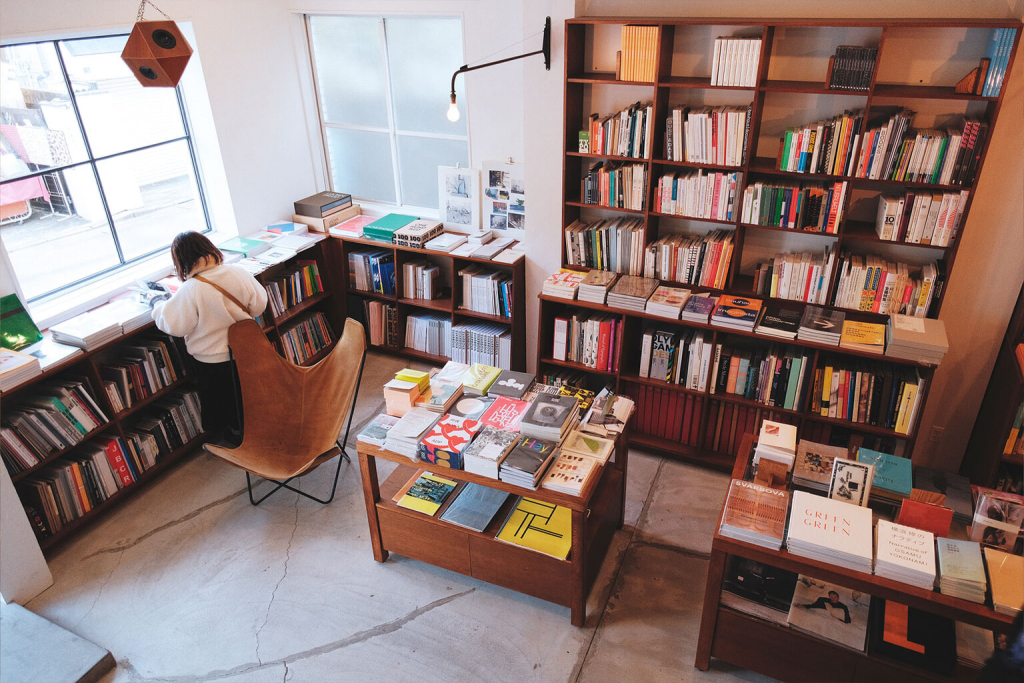A city as big as Tokyo means it’s easy to overlook some of what the smaller suburbs have to offer. One such under-the-radar neighborhood is the former university town of Gakugeidaigaku which sits on the Toyoko Line in Meguro. Though the liberal arts university that gave the location its name is long gone, the bohemian vibe has remained, making it a desirable destination in which to hang out and enjoy a more leisurely pace of life.
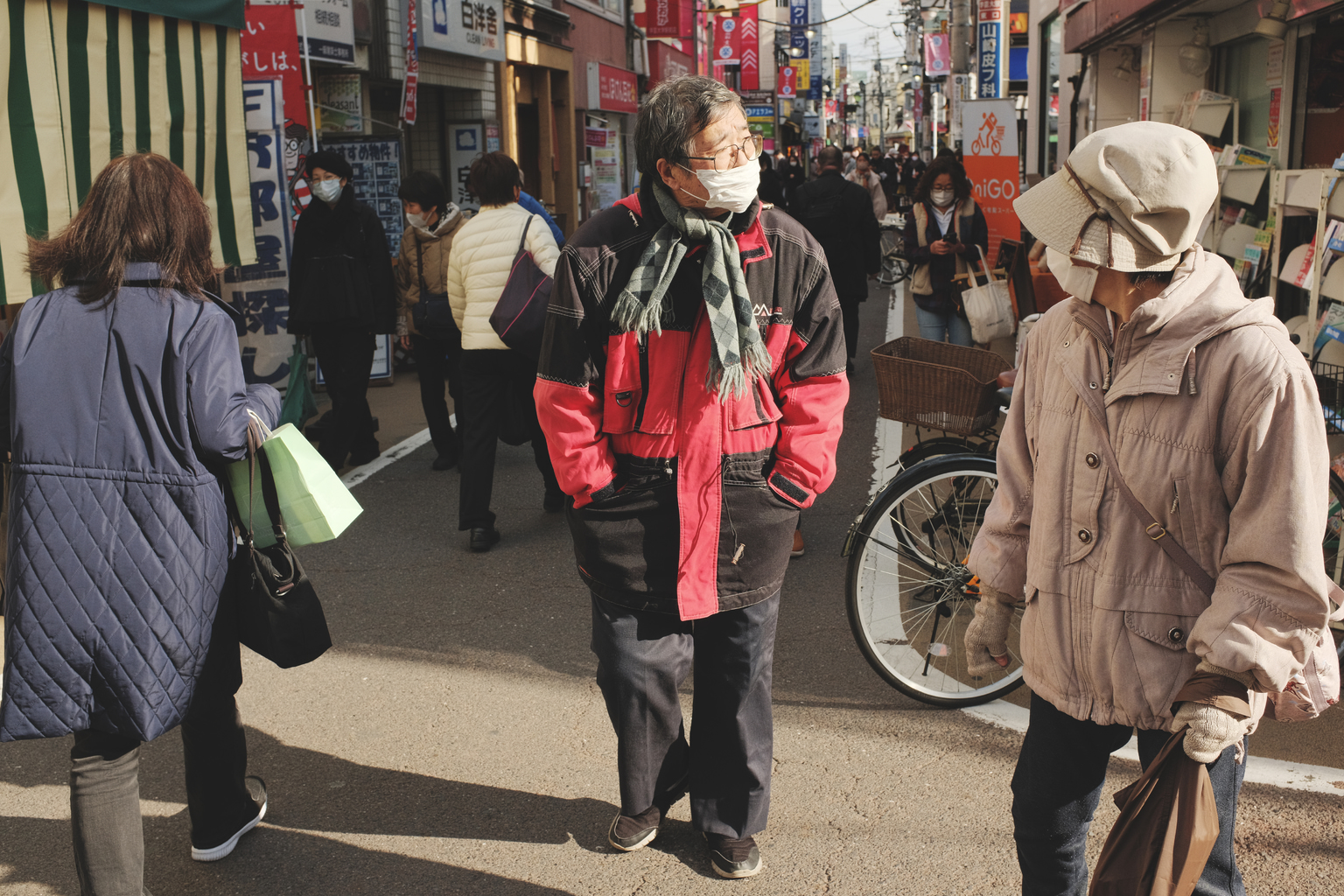
Anything Goes
The biggest draw of Gakudai (as it’s known locally) is the abundance of small restaurants serving up culinary delights that will make foodies salivate with excitement. Long-standing favorites and trendy new upstarts featuring cuisine from both Asia and Europe can be found along the shotengai, side streets and below the elevated railway.
Particular standouts include the fantastic Stand Bánh Mi, which has one of the best takes (and puns) on the classic Vietnamese sandwich. Generously filled with house-made pâté, pork slices, herbs and pickles, it also serves a delicious dashi-braised pork bowl that’s worth the inevitable wait for one of this compact restaurant’s five seats. El Rossello offers an authentic cozy Catalan ambience in which to enjoy some excellent tapas, while Atsu Atsu Ri Carica’s part-Italian owner has given the Italian gastropub concept an innovative twist, exemplified by its cacao risotto, a dish made with rice leftover after making narezushi (fermented sushi) and topped with Peruvian cacao.
Bibulous visitors needn’t feel left out with places such as Tsukinowaguma or Five Trees keeping the craft beer crowds happy — the latter is a particularly pleasant place for a drink or two thanks to the abundance of greenery on display both inside and outside.
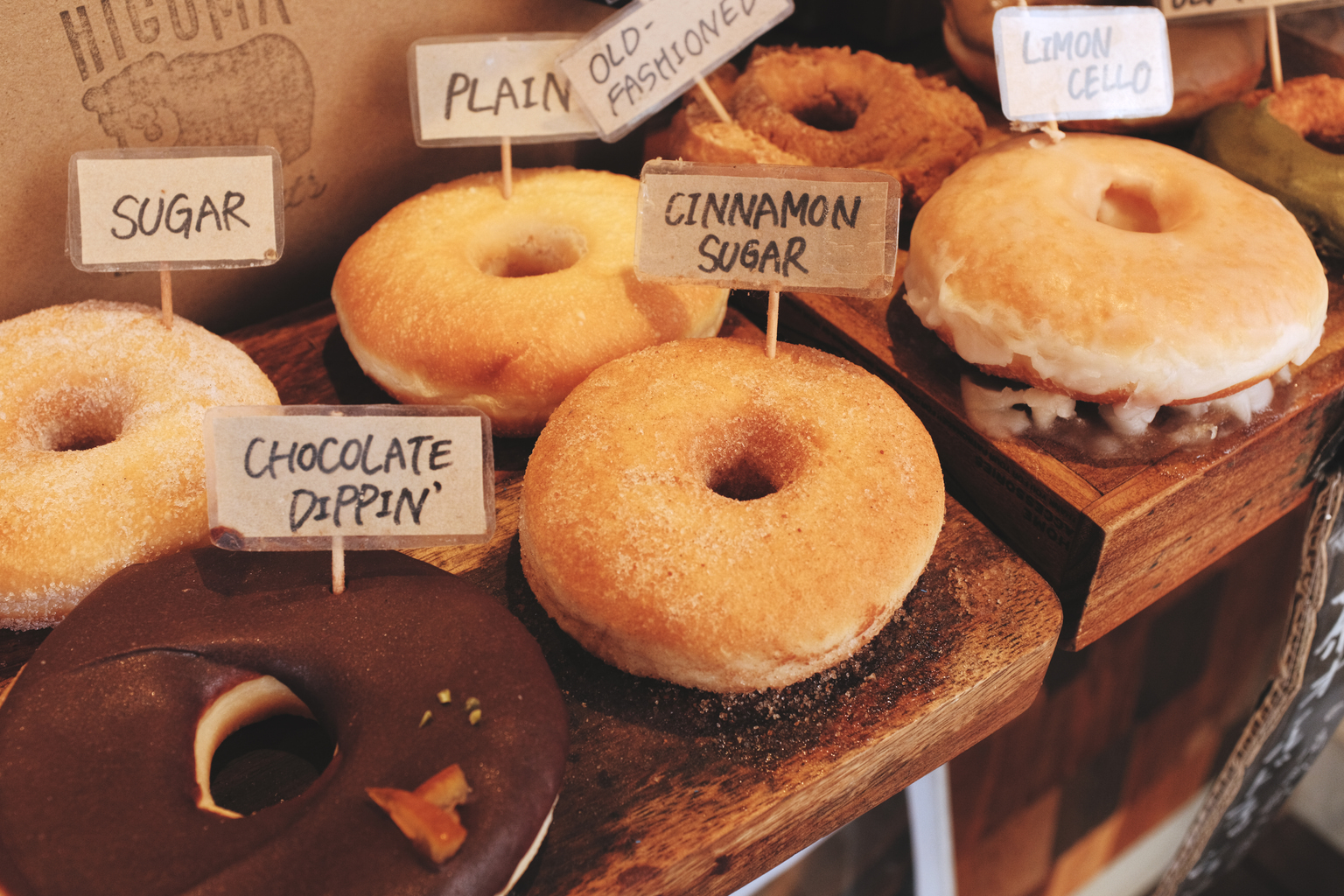
Sweet Child O’ Mine
Those with a sweet tooth will also find some gratifying offerings in the neighborhood in the form of lots of little specialist stores. One of the go-to snacks to grab is a doughy treat from Higuma Doughnuts. The Hokkaido-sourced ingredients are the secret to its signature springiness and are available in classic variants such as cinnamon sugar and raspberry jam as well as lip-smacking seasonal specials. Another popular option is what might be considered a Japanese alternative — taiyaki — and you’ll be hard pressed to find one better than from Meguro Hiiragi. The traditional fish-shaped snack from this minimalist hole-in-the-wall comes stuffed with freshly prepared anko (also sourced from Hokkaido) and a satisfying, light crispy outer shell that can be enjoyed while taking a break on the small bench outside.
For a wider selection of goodies, head to Matterhorn. The long-standing confectionery store has been selling sugary treats of all kinds since 1952 and includes a tearoom for patrons to enjoy parfaits and ice cream. A particular favorite being the mocha soft cream with coffee jelly which comes with an ice cream cone embedded on the side. Alternatively, opt for an authentic Italian gelato from Preferita to walk around with on warmer days.
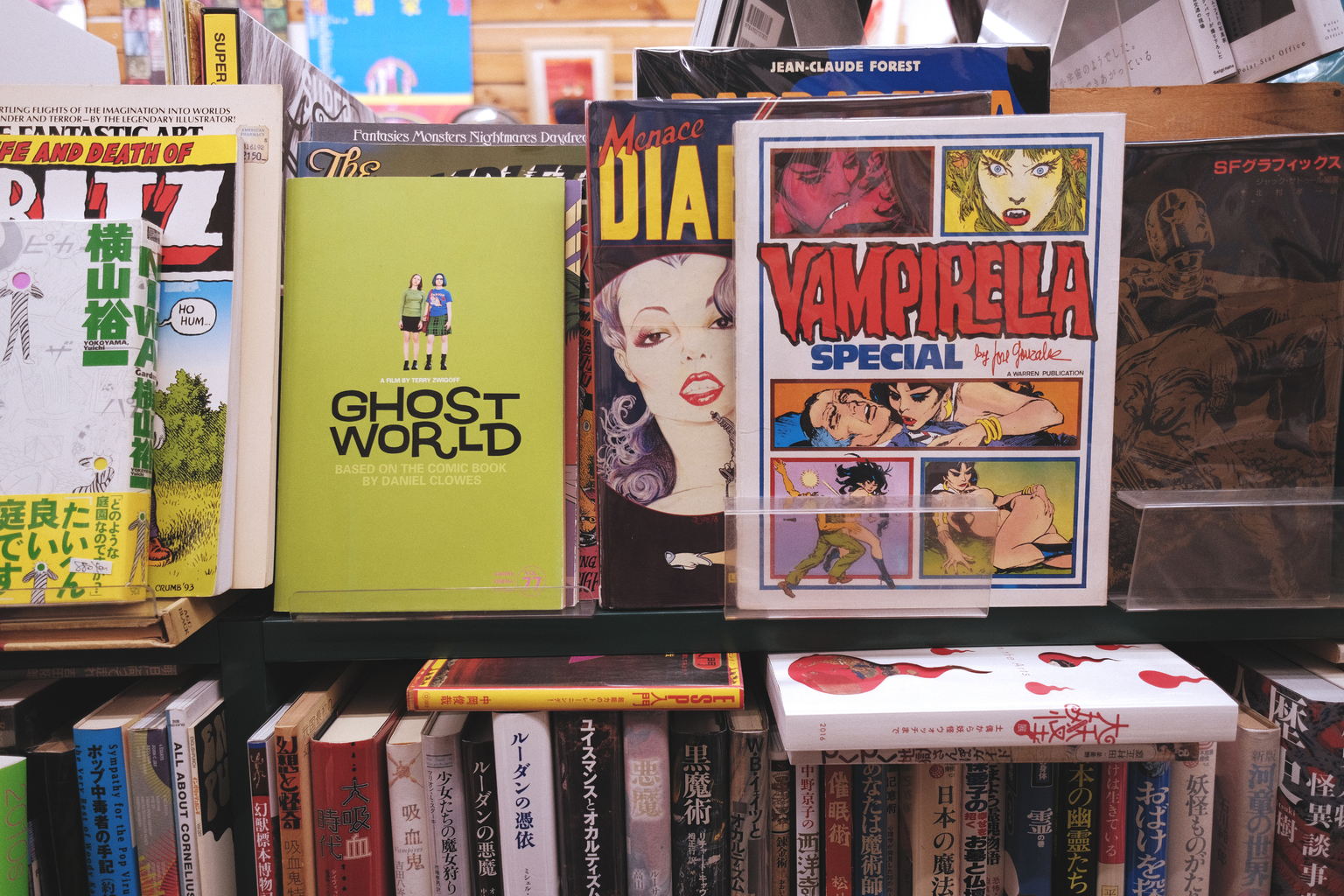
Bookworms
In keeping with the liberal arts vibe, there are a number of notable bookstores in the neighborhood. Ruroudou Bookstore, in particular, is an Aladdin’s cave of Japanese and foreign secondhand reading material ranging from cult fashion magazines such as The Face to children’s books and graphic novels.
If you’re looking to pick up something new from the design, photography and art worlds, Book and Sons has a great selection of imported and homegrown works stacked within its simple uncluttered design to choose from. The store also has a gallery space, as does Monogram, a photo developing and printing store with a small, carefully curated library for shutterbugs to enjoy.
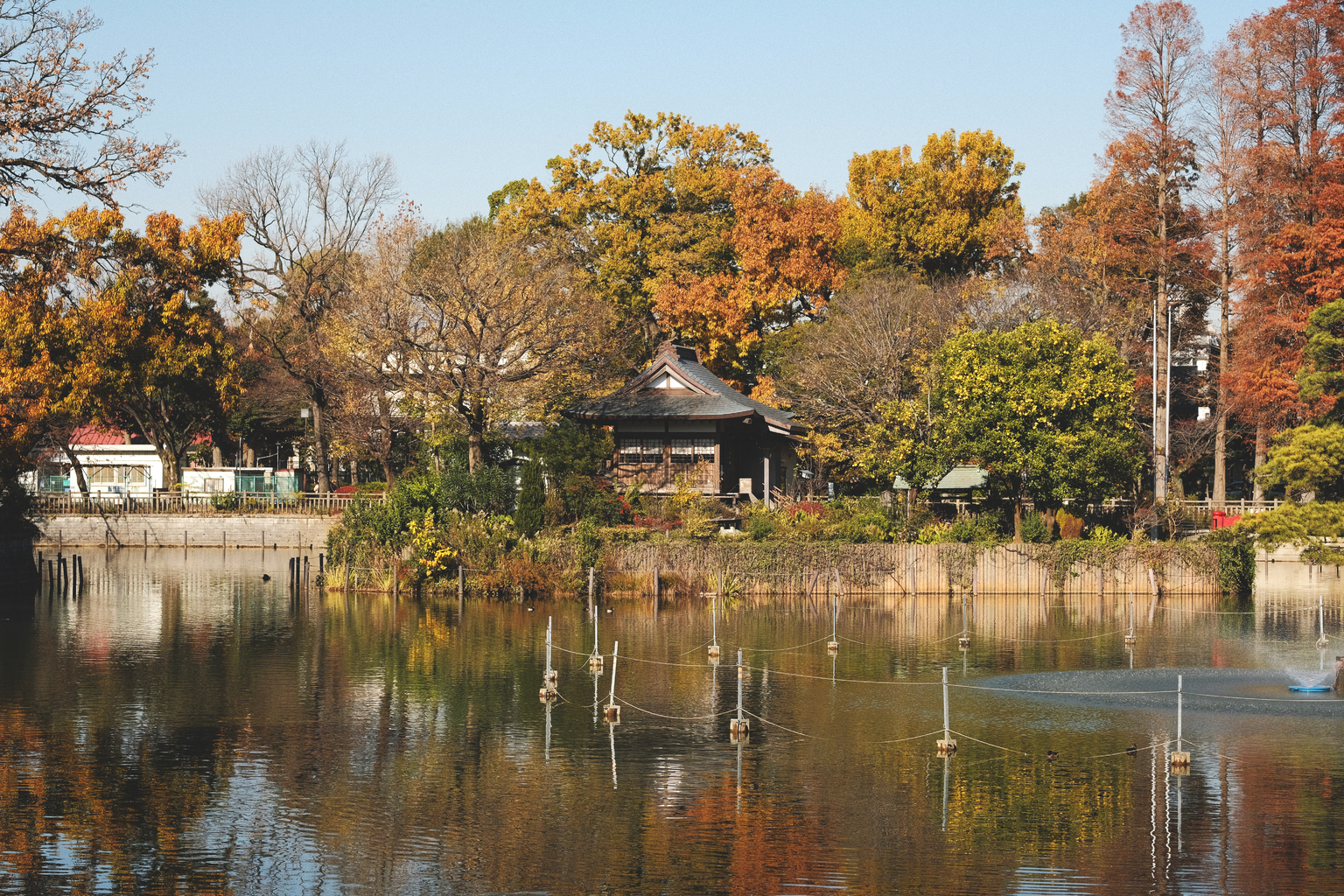
Seasonal Solitude
Outside the network of Gakugeidaigaku’s bustling shopping streets, Himonya Park offers some much-needed open space for rest and relaxation. The medium-sized park is built around a small boating pond in the middle of which sits Himonya Shrine. Visitors can take to the pond in small rowing boats and enjoy a different perspective of seasonal hues, or simply go for a scenic stroll around the perimeter.
It’s also worth taking a short walk up from the park to Himonya Catholic Church. What started life as a small two-story chapel in 1948 grew into the current, much larger Romanesque structure which was completed in 1954. Visitors can marvel at the stained-glass windows, murals, frescoed ceiling and other religious iconography, including a replica of the painting “Our Lady of Edo” who is patron saint of the church. The original belonged to a Catholic priest who arrived in Japan in 1708 during the Edo shogunate’s persecution of Christians and who eventually died in prison in 1714.
Wandering around in the winter months will probably leave you wanting somewhere warm to take a relaxing break. For this, Chiyo no Yu is the place to go. Here you can enjoy a meditation bath set in the corner of the room. With deep-blue tiles stretching to the ceiling creating a cavernous atmosphere, it’s just the ticket, whether you’re looking to wind the day down or recharge before heading out for some evening entertainment.
Updated On February 14, 2023

